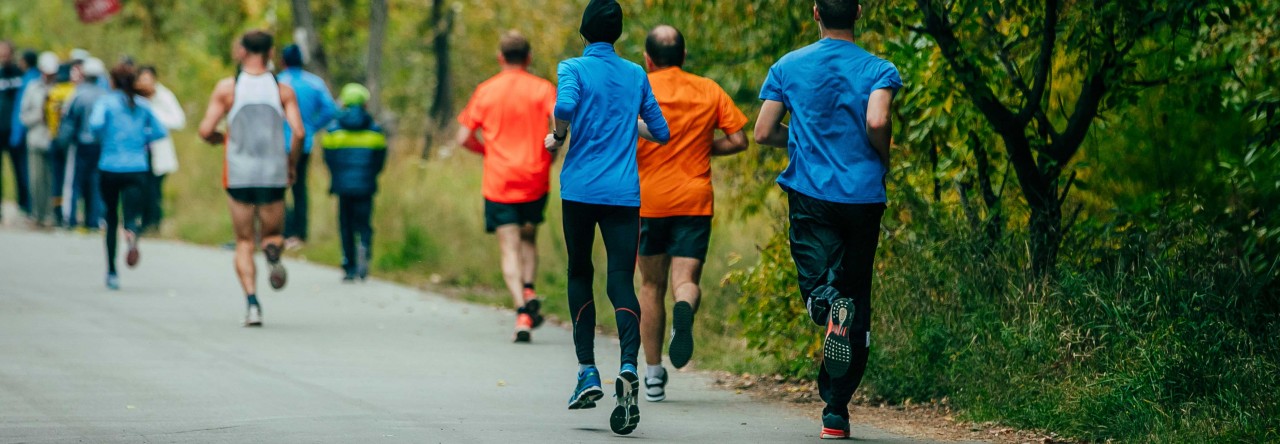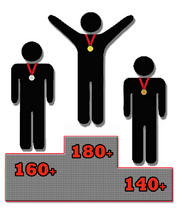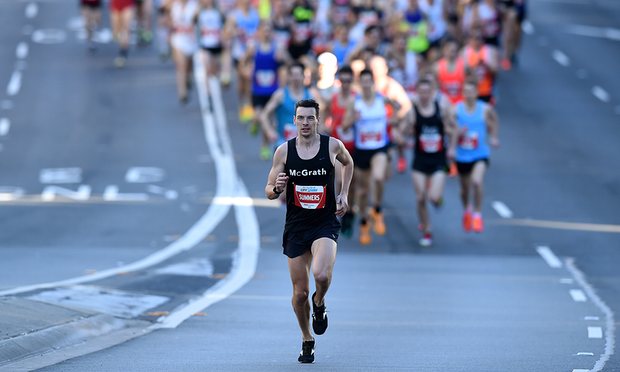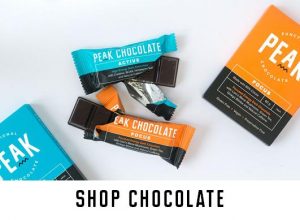There are different grades and levels at every context with a flow of tips and knowledge going down from the elite level to the novice one. The same goes in the world of running and one of the great tips is to keep the cadence (number of strides per minute, both legs combined) at 180 or higher. While believing in it, I doubt everyone knows the reason behind this magical number of 180.
Stopwatches like Garmin 920XT measure cadence. It indicates 180 as a reference level and seems encouraging people to keep their cadence higher than that. Here am trying to explain why it matters and what is going to be achieved by adjusting cadence to this range.
To my understanding this cadence comes from the fact that the highest speed during a stride is at the airborne phase compared to the landing phase or the so-called ground contact. The longer we spend time on the ground the more likely we lose momentum. Simply put, to run faster we should leave the ground as soon as we touch it, which due to human body’s physiology it results in a cadence from 180.
The other benefit of having such a cadence is to utilize the elasticity of the tendons in our legs better. Tendons are elastic which means they help runners bounce off the ground after landing. Tendons get loaded as the landing phase starts and are meant to unload as the next stride initiates. Having low cadence results in killing this bounce or limiting the extent it can make running more efficient. It is a natural feature in our legs that to my opinion is negatively affected by too-supportive shod running.
According to pose method of running, elasticity in our legs can improve efficiency at running up to 50%, which always surprises me for being too high but that is what they claim and please do not shoot the messenger. In my own experience incorporating it makes running an easier activity. It recycles a chunk of energy that is going to waste (shoes and low cadence waste energy). To facilitate this recycle process you should train your musculotendon system to be more responsive, agile and bouncy. Exercises like fall jump, box jumps or simply doing skipping rope would help a lot.
On the implementation side of this cadence, one would not be able to manage a proper one by pushing off the ground hoping to leave it soon enough to increase running cadence. Pushing off the ground, as explained in my previous posts , conflicts with cadence. For an effective push-off you would need longer contact time with the ground whereas for a proper cadence you need to leave the ground very soon after landing. The solution I know of – unfortunately or fortunately it sounds like a religion because it is the only right way of doing it – is to remove push-off and incorporate lift off the ground instead. Since push-off is the main source of propulsion in many runners removing it results in a big drop in speed and performance if not substituted with something as effective if not more. Therefore, the lift off must be accompanied with a technique that generates propulsion and there is no better way than using gravitation torque for propulsion. English translation would be to stay at a constant fall angle and catch yourself at every stride. Gravity is free and all you need to do is to pull your back foot and put it in front of you while staying in the constant fall (two focal points). It takes time and practice to learn new coordination but makes a big difference.


![stepupnov500x310[1]](https://www.progressiverunning.com/wp-content/uploads/2016/08/stepupnov500x3101.jpg)

